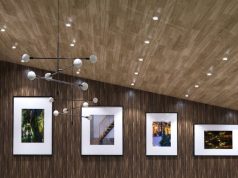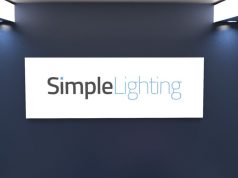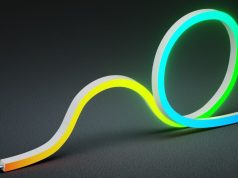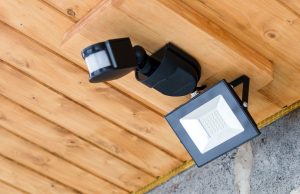While many might deny it, it’s a known fact that some people find studying difficult. That’s why there is endless information floating on the internet to make learning more comfortable and better. However, not everything on the internet is true. Whether you drink some supplement or meditate before grabbing a book, you really can’t tell which are effective unless you give it a try.
The issue is if you start trying all those methods, your allotted time to study can be consumed. Now, that can be a major problem! So, what’s the easiest way to make studying a little easier for people who really cannot deal with it? The best way to do this is to put them in a study conducive environment. How? Start by arranging the ideal lighting setup for learning!
Studies have shown that specific lighting arrangements can help improve productivity and retain information during study sessions. Remember, a good environment aids in focus and efficiency. If you can set up that perfect space, then it may be the key that you’re looking for! You never know, as studying becomes easier, you can aim to go higher in your academic journey. If that excites you, here are a few tips to getting your study room up and running!
Tips to lighting a room for studying better
So, where do you begin? Lighting a room is not as easy as you think. Especially now that you have a particular goal in mind. However, that does not mean that it’s impossible! To keep you on track, you just need to keep these reminders in mind.
Tip #1: Use natural light
Sunshine will not only boost your mood, but it can help you concentrate better. So, make sure that you have lots entering your study room! If you are just starting, choose a room with many windows to ensure that you have natural light entering your space. Also, if you’re working with a small room with limited windows, adding a mirror can bounce light around your area, keeping it well lit.
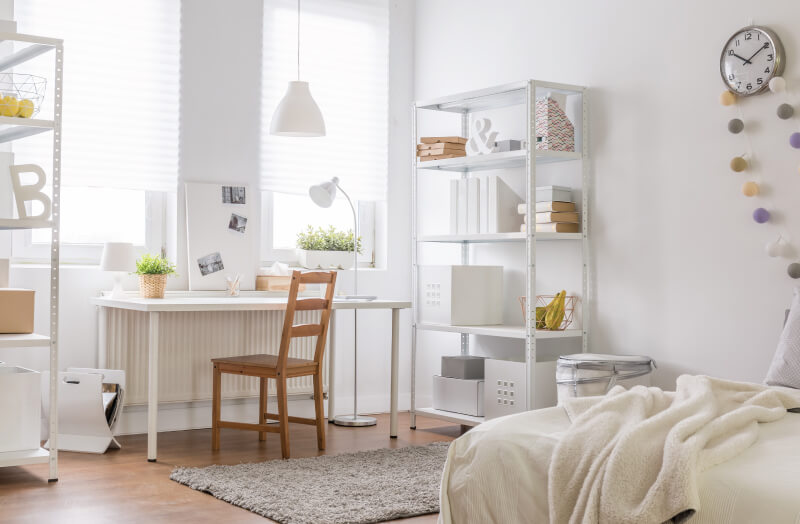
Tip #2: Add different layers of lighting
A single overhead light is not enough to keep your space illuminated. You’ll notice shadows and dark areas if you settle with having one ceiling lamp in your room. Also, if you’re thinking of just using one task light, like a table lamp, scratch that because it will not give you enough brightness! Having multiple light sources will help your eyes see better, and thus, help you study easier.
Having a gentle overhead fitting plus a focused task lamp is the ideal setup to keep you from having headaches from all those readings and homework. When it comes to lighting, having a balance of everything is the secret!
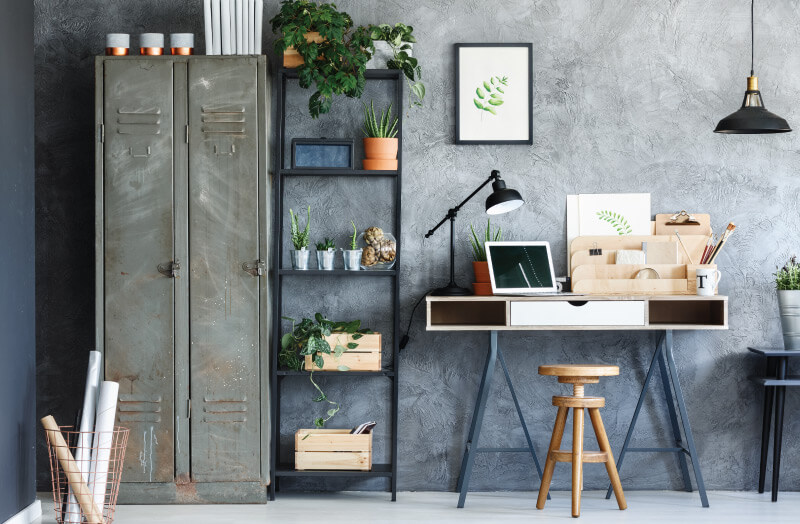
Tip #3: Pick the right colour temperature
Since there’s no certainty when it comes to natural light (bad weather may occur), you need to be prepared with an artificial solution! In that case, look for a colour temperature that mimics natural light. If you think you should get a warmer tone since sunlight looks yellowish, that’s incorrect. Natural light tends to be on the cooler side of the spectrum, so around 4000K – 4500K is your best bet! Aside from that, warm white light can lull you to sleep since it creates a relaxing atmosphere. Just leave them in your bedroom so you can have a good sleep after a day filled with studying!
Tip #4: Lessen the appearance of shadows
There’s a big chance that you’ll be spending hours reading with your bright task light. Because of that, your eyes will have to adjust to the other levels of lighting in the room. If you have a lot of shadows, the adjustment of your eyes from bright to dark will be harsher. So, as a remedy, add a few more lamps to minimise the shadows. It’ll then, in turn, help you avoid eye strain and create an excellent environment for reading and studying!
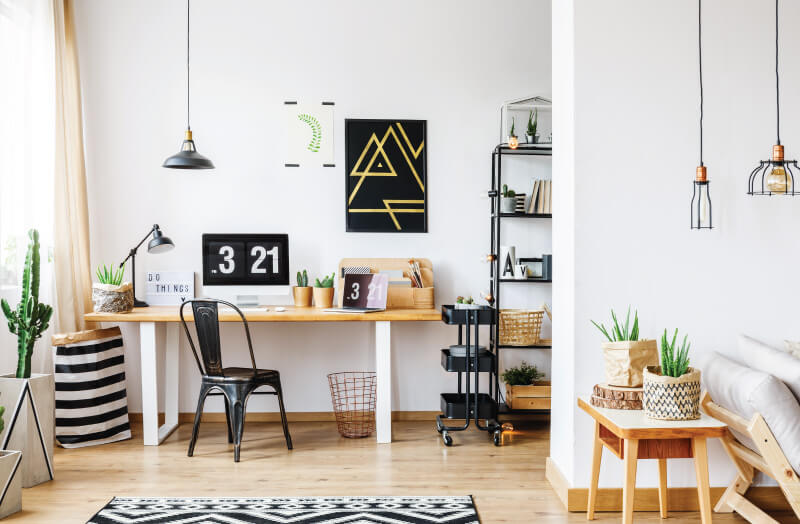
Tip #5: Select the correct lumens output
More often than not, people shy away from the information in the light fixture’s package. Why? Because there’s just too much technical information that is hard to understand if you’re not familiar. While wattage is essential to understanding how much power your light fixture consumes, lumens also play a crucial role. Lumens is the amount of brightness the lighting fixture can produce. The higher the lumens count, the brighter your light is.
If you’re buying a desk lamp, look for a fitting or a bulb with a high lumens output. This way, you’ll have enough brightness to finish your tasks comfortably. If you’re still not sure what to get, remember, the best lighting setup for a study room is having 50 lumens per square foot.
That’s it! If you follow these five simple tips, you’ll have the best study room to help you be productive and keep you alert. Now, if you’re looking for high-quality lights to start your room renovation, check out our website, Simple Lighting! We have an extensive collection of downlights, pendant lights, strip lights, and more!



